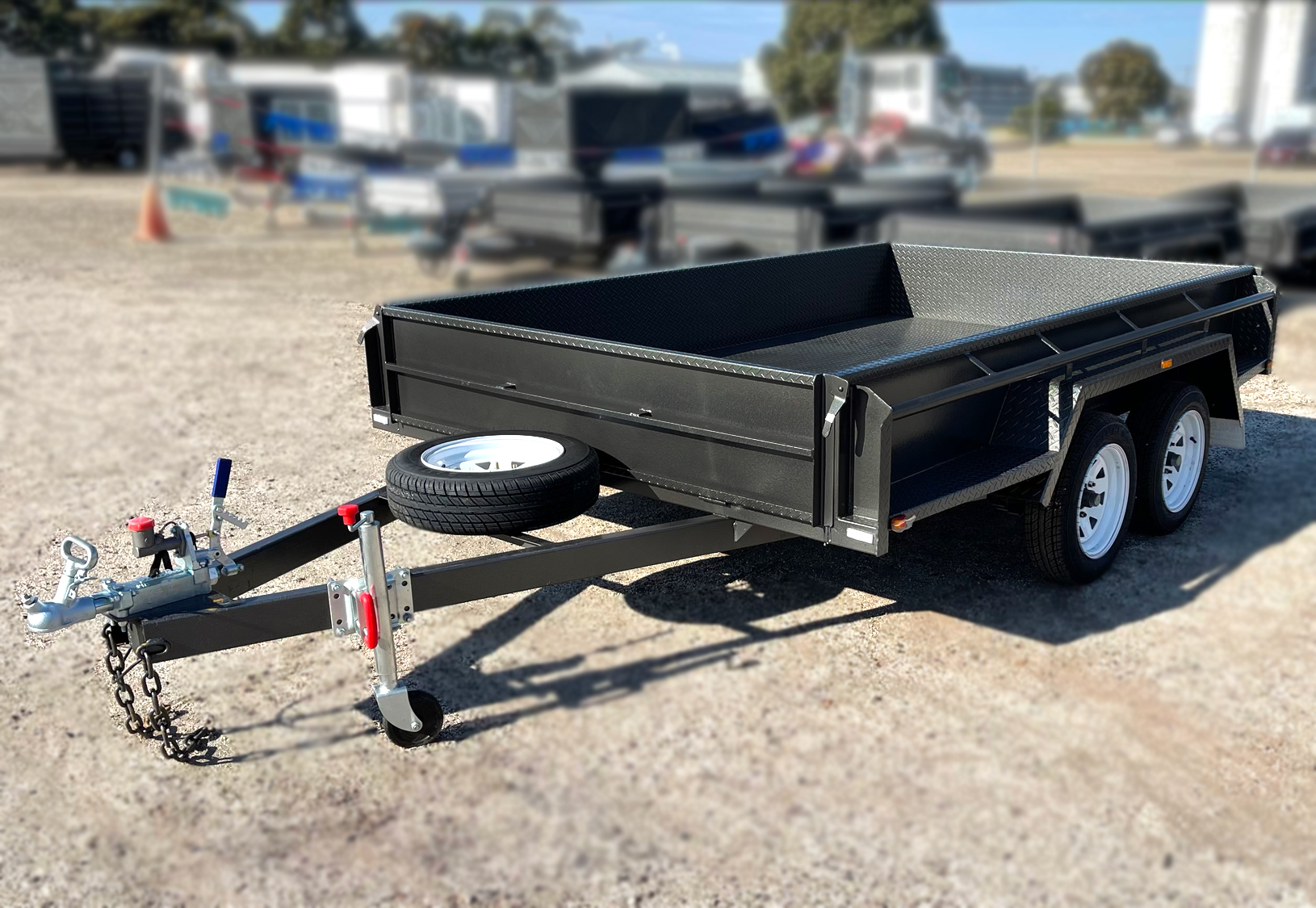
Everything You Need to Know about Box Trailers and Their Purpose
If you’re constantly on the move and carrying a lot of gear and equipment, you’ll want a trailer. Trailers are the reasonable choice for hauling your cargo safely and to any location, without the risk of damage. The variety of trailers has got to do with all the different types of cargo they can carry. If you asked a child to draw a trailer, they’d most probably come up with something that resembles a box trailer. This is what most Aussies have in mind when they think of trailers.
Contents
What is a Box Trailer?
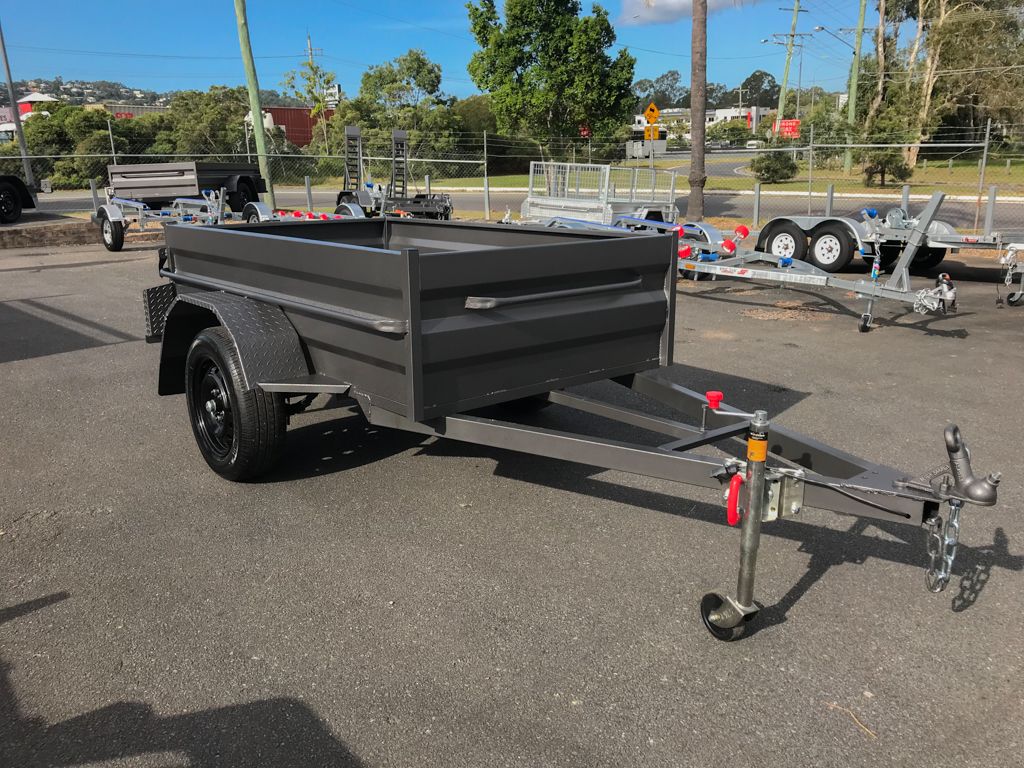
Box trailers get their name in that they look like a box, just without the lid. They have sidewalls to front, rear, left and right to secure gear during transport. Since most are open, box trailers let you carry all sorts of things, but especially ones that are a bit higher and with some heft. If you’re the occasional user and need to transport ordinary, everyday items, a single axle trailer may be enough. But if you want a trailer with more space, and more carrying weight, you’ll find that a tandem axle box trailer better meets your needs. The simple design can also be upgraded to include various accessories, effectively transforming your box trailer into a cage or enclosed trailer. Box trailers are also the base for work-specific variants, particularly tippers.
What are Box Trailers Used for?
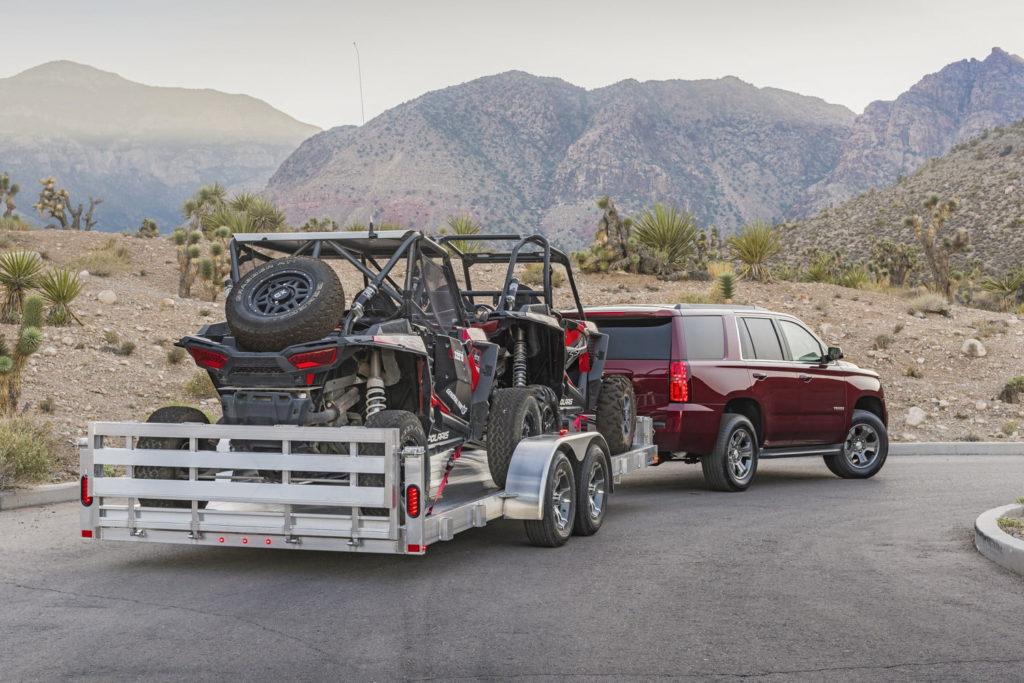
Box trailers take practicality to another level. They can be used to transport all kinds of cargo. From machinery, equipment, furniture, white goods and electronics, to building materials, soil, foliage, tools, animals and vehicles. Basically, anything that fits. As mentioned, the open design is good for taller items, like fridges, wardrobes or smaller excavators and loaders. The versatility means they’re also used in a wide scope of trades. Farmers, carpenters, builders and contractors, plumbers, electricians, removalists, gardeners and landscapers, couriers and delivery companies all benefit from a box trailer. They’re also used by everyday people when moving or renovating, or for recreational purposes like transporting motorbikes, dinghies and camping gear.
Single vs Tandem Axle Trailers
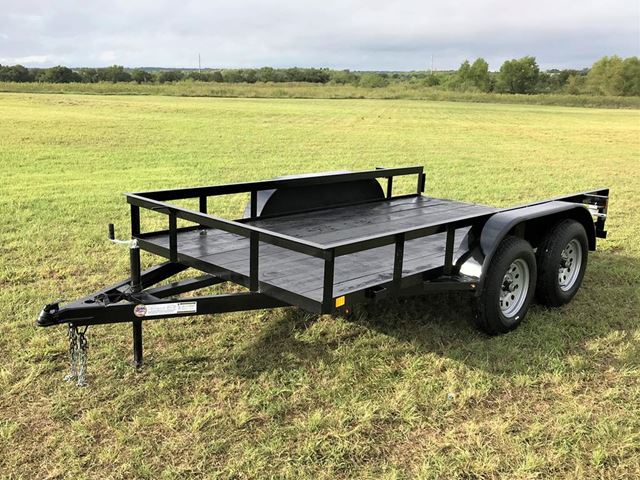
How many axles are in your box trailer depends on the weight of the load. Single trailers start at a small-ish 6 by 4 feet (or 1800mm long and 1200mm wide). Larger 8 by 5 trailers (2400mm by 1500mm) will be able to carry larger items, like sofas and beds, that is also shielded to the sides by sidewalls coming in just under half a metre. The carrying capacity is 750 kilos ATM, including the weight of an empty trailer and all the loaded goods.
A tandem axle box trailer can handle more weight. The smallest comes in the same 8 by 5 feet, whereas bigger 12 by 6 (3600mm by 1800mm) trailers can handle up to 3000 kg ATM. This is what tradies or farmers would want when moving materials, tools, equipment, soil, fertilizer and animals. To handle that weight there are a few differences compared to single axle trailers. The chassis is sturdier and reinforced in multiple sections, drawbars are longer and stiffer and with additional safety features, and suspension is upgraded to leaf springs to absorb road imperfections. Braking is independent of the towing vehicle, and includes wiring harnesses to operate braking lights. There are also higher rated tying down points to secure the load.
What to Look for in a Box Trailer
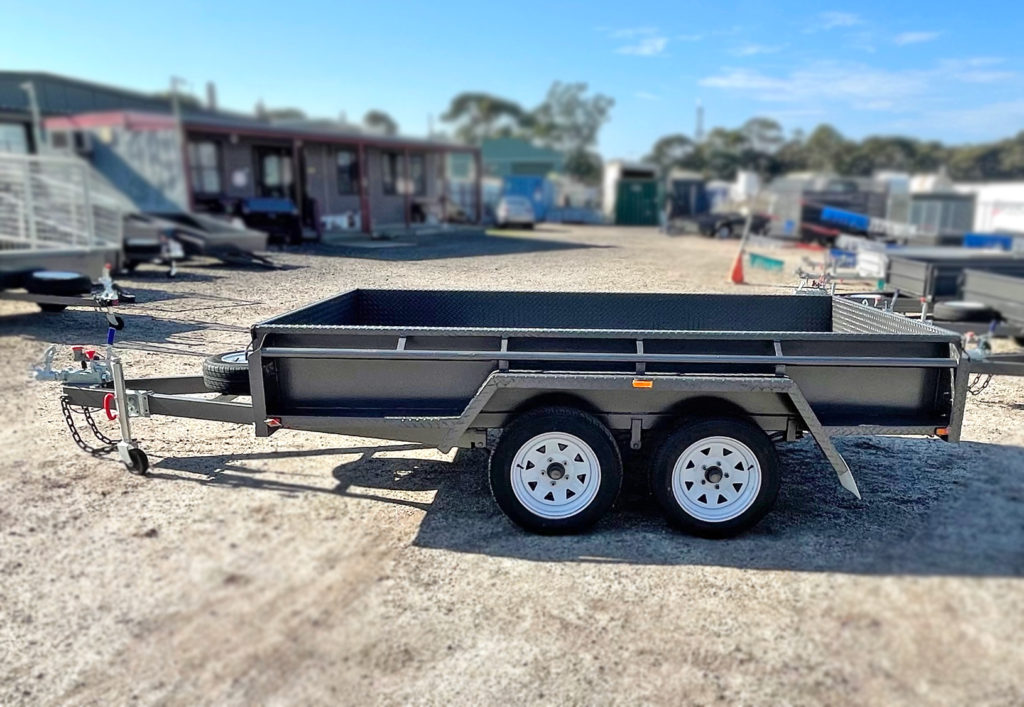
Besides the overall size and carrying capacity, look for quality build and materials, safety features for peace of mind, and additional accessories that enhance usability.
Build and Materials
A tandem axle box trailer will likely see a lot of use. To complete its task, it needs to be built tough. A heavy-duty steel chassis that is also galvanised against corrosion means the trailer won’t disappoint in bad road or weather conditions. Water, mud or salt spray won’t eat into the metal. The floor bed and high sides are usually made of aluminium. Most builders let you specify the height of sidewalls. If you need extra stability, then opt for a checker plate floor. Tying points are welded into the chassis, so your load won’t budge even when hitting potholes at speed.
Safety
Safety features are also important. I mentioned independent braking on larger trailers, but there is also a removable rear cross member for easier and safer loading and unloading, chains, magnetic hitches and quick release couplings for towing safety, as well as a jockey wheel to balance and move the trailer when not in use.
Accessories
Additional accessories like integrated side posts allow you to add cages, pantech tops and racks in different heights. This means more security with different types of loads. The last thing to do is to choose a colour. Painted trailers not only look better, but have an additional layer of weather protection.
Towing a Tandem Axle Trailer
Your towing vehicle needs to be rated to tow the weight. Most utes and 4WDs won’t have any issues with larger tandem axle trailers, but SUVs and cars may struggle. Vehicles also need a rated tow bar and ball fitted. Most states limit speeds to 80 km/h for open box trailers.

